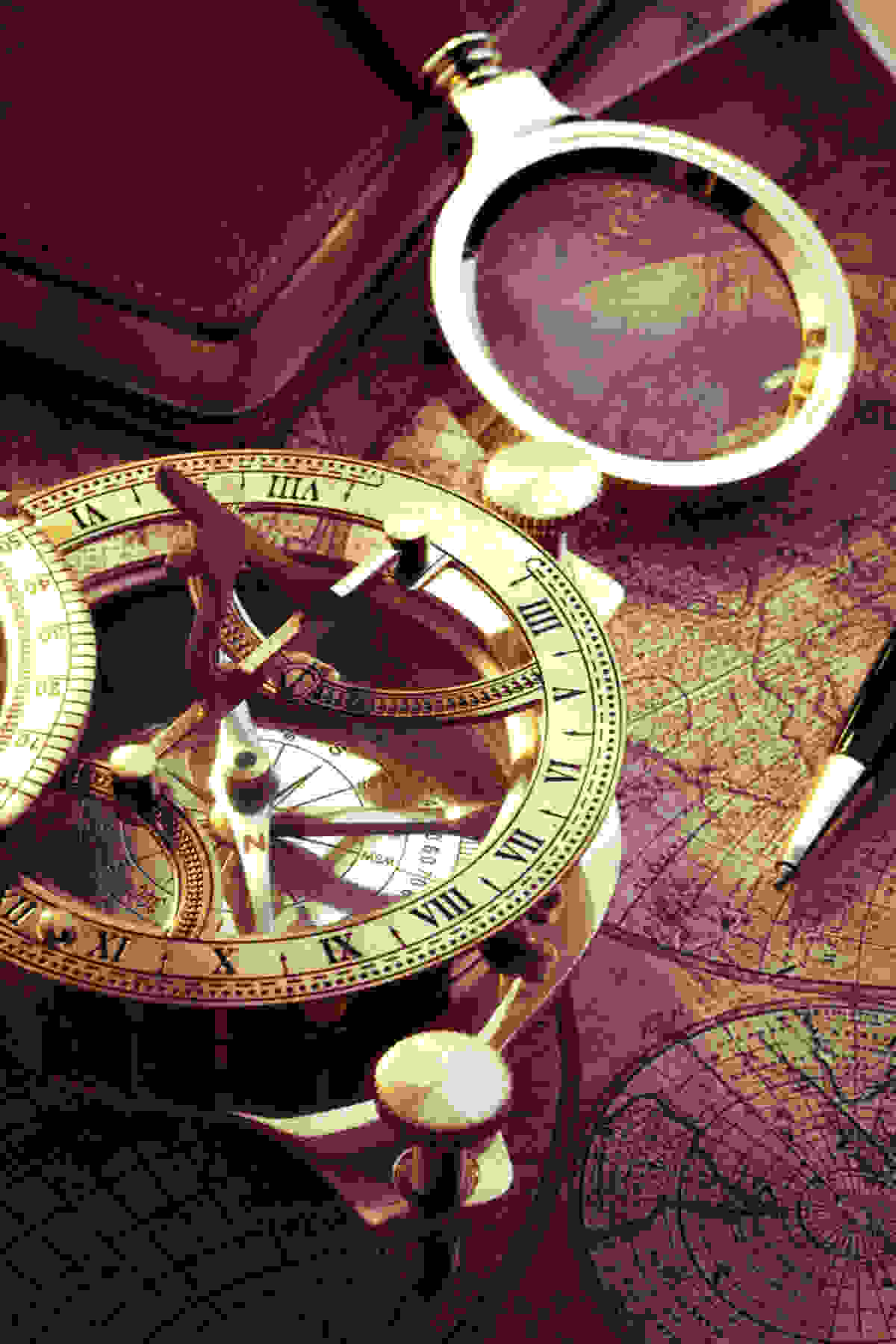The Impact of World Wars
Watches, often seen as mere timekeeping devices, underwent a profound transformation during the tumultuous 20th century. The impact of World Wars I and II, in particular, left an indelible mark on the design and functionality of these essential accessories.
Wartime Necessities and Watch Evolution
As nations engaged in warfare, the demands on soldiers and their equipment surged. Watches evolved from delicate timepieces to rugged, reliable tools. The need for precision and durability birthed iconic designs such as the Rolex Submariner and the Omega Sea master. These timepieces, equipped with water resistance and luminous dials, became symbols of resilience in the face of adversity.
The Golden Era of Horology
Exploring the Mid-20th Century
The mid-20th century stands as a golden age for watch design, characterized by innovation, elegance, and enduring style. This era witnessed the creation of timeless masterpieces that continue to captivate enthusiasts today.
Mid-20th Century Marvels
During this period, watchmakers achieved unprecedented feats in craftsmanship and design. Brands like Pate Philippe, Rolex, and Aude mars Piquet produced watches that transcended mere functionality. The Rolex Date just, with its groundbreaking date display, and the Aude mars Piquet Royal Oak, a pioneer in luxury sports watches, emerged as symbols of sophistication.
Late 20th Century to Present: Modern Icons
The Quartz Revolution
The late 20th century brought about a revolutionary shift in watchmaking with the advent of quartz movement. This technological leap transformed the industry, offering unparalleled accuracy and affordability.
Investigating the Impact of Quartz Movement
Quartz watches, led by brands like Seiko and Citizen, flooded the market. The precision of quartz crystals replaced traditional mechanical movements, democratizing timekeeping. While purists mourned the decline of traditional craftsmanship, quartz watches became modern icons, symbolizing a new era in horology.
Contemporary Icons
The journey of iconic watches continues into the present day. Modern icons, representing the culmination of design evolution and technological advancements, showcase the industry’s adaptability.
Highlighting Late 20th Century to Present-day Icons
Watches like the TAG Heuser Monaco, forever tied to Steve McQueen, and the Aude mars Piquet Royal Oak Offshore, a bold extension of the Royal Oak legacy, exemplify contemporary design triumphs. These watches, with their fusion of innovation and style, pay homage to the enduring legacy of their predecessors.
Craftsmanship and Innovation across Eras
The Enduring Craftsmanship
While technology has propelled watchmaking into the future, the essence of enduring craftsmanship remains at the core of iconic watches.
Delving into Artistry and Craftsmanship
Brands like Jaeger-Le Coulter and Acheron Constantin continue to define the pinnacle of craftsmanship. Each watch is a work of art, with intricate detailing and hand-finished movements that transcend mere timekeeping.
Innovations in Materials and Movements
Innovation in materials and movements has been a driving force in shaping iconic timepieces. The marriage of tradition and technology has given birth to watches that are both aesthetically pleasing and functionally advanced.
Examining the Role of New Materials and Movements
From traditional stainless steel to cutting-edge materials like ceramic and titanium, watches have evolved. Movements, from manual to automatic and beyond, showcase the industry’s commitment to pushing boundaries. Brands like Richard Mille and Hub lot have embraced unconventional materials, setting new standards in design and performance.
Iconic Watches in Popular Culture
Silver Screen and Timekeeping
Watches have transcended their utilitarian purpose to become cultural symbols, prominently featured in movies and popular culture.
Discussing Cultural Significance in Movies
The Rolex Submariner became James Bond’s preferred choice, forever linking the watch to espionage and sophistication. The Hamilton Ventura, worn by Elvis Presley in Blue Hawaii, turned a timepiece into an iconic symbol, both on and off the screen.
Celebrity Endorsements
Celebrities wield significant influence in shaping watch trends, turning certain models into coveted items.
Analyzing the Influence of Celebrities
Celebrities like Paul Newman, who famously wore the Rolex Daytona, and Leonardo DiCaprio, associated with TAG Heuser, have elevated watches to more than accessories—they’ve become statements of style and success.
Challenges Faced by Iconic Watches
Surviving the Test of Time
While iconic watches have weathered many storms, they face challenges in a rapidly evolving industry.
Addressing Changing Trends and Technological Advancements
Adapting to changing consumer preferences and technological advancements poses a challenge. How can iconic watches maintain their timeless appeal while embracing the demands of the modern era?
Conclusion
The Timeless Legacy of Historical Watches
In conclusion, the journey of watches in the 20th century and beyond is a tale of innovation, resilience, and enduring legacy. From the impact of wars to the quartz revolution, from the golden era of horology to contemporary icons, each chapter has added to the rich tapestry of horological history. As we move forward, iconic watches continue to inspire, proving that their legacy is truly timeless.
Read More: improve web page performance


